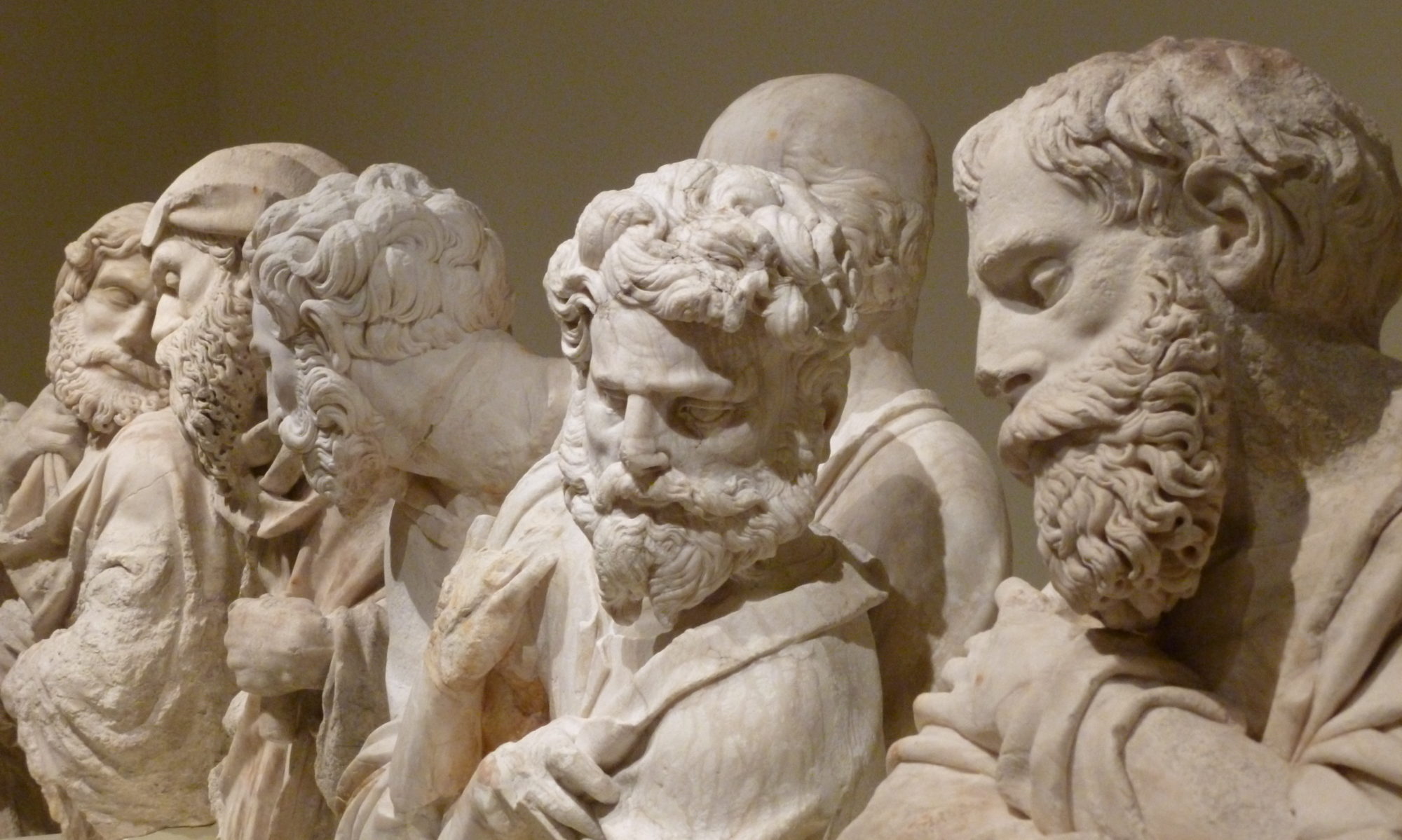John 20:19-31
Psalm 150
Acts 5:17-32
Horatio Alger Jr., the son of a Unitarian minister, made a name for himself in the last half of the 19th century writing stories of teenage boys who, through hard work, pluck, and a generous helping of luck, escaped poverty. Originally set in East Coast cities, he would eventually expand his palette to include the American West, that landscape of rugged white individualism. Alger’s name remains synonymous with this form of rags-to-riches tale.
These days, we have a love-hate relationship with these narratives. We want to be able to celebrate hard work and talent, but also realize that many who work hard all their lives remain trapped in multigenerational poverty, that there are structural and systemic barriers, that our supposed safety net is often a series of hoops and silos that diminish and demean. When we rightly celebrate those who escape poverty, we run the risk of blaming those who are still poor for being poor.
My own father experienced grinding poverty during his childhood. His father, a Norfolk cop, developed tuberculosis. A meagre pension and relocation to a sanitarium in Albuquerque left the family dependent on a local soup kitchen. Dad was determined that his own children would never experience that sort of hunger. He had huge vegetable gardens, and worked non-stop, 24 hours on as a firefighter, 24 hours off, then with a second job on his weekdays off-shift. Mom worked for much of my childhood too, various clerical and sales jobs. Amazingly, my sisters and I were not feral, but always supervised. I was not untethered and wild until I was a teen, but that is a different sermon.
Mom and Dad would have laughed at parents scheduling a date night, which wasn’t a thing for working class folks in the 1960’s and ’70’s. Didn’t happen. The best they could manage was to have friends over for cards every other Friday night. But somehow, when I was eight and my sisters were still toddlers, Mom and Dad managed to schedule an actual anniversary date.
And there, in that giant cinema of an earlier age, the curtains opened, the screen came to life, and my little butt was in the seat between them. Continue reading “Date Night: April 28, 2019”
